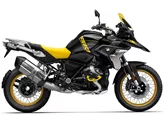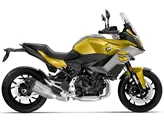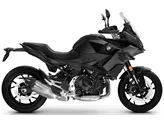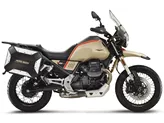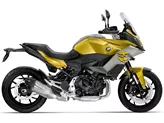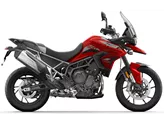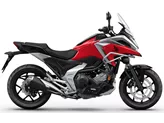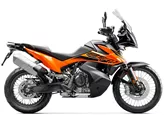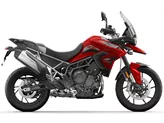BMW R 1200 GS 2015 vs. BMW F 900 XR 2020

BMW R 1200 GS 2015

BMW F 900 XR 2020
Vue d’ensemble - BMW R 1200 GS 2015 vs BMW F 900 XR 2020
The BMW R 1200 GS model year 2015 is an enduro motorcycle with a Boxer engine type. It has a bore of 101 mm and a stroke of 73 mm, resulting in an engine power of 125 HP and a torque of 125 Nm. The transmission is a prop shaft, and it has 2 cylinders and a displacement of 1170 ccm. The front suspension is a strut, while the rear suspension is a single swing arm with preload adjustment. The frame is made of steel, specifically a twin tube load-bearing engine frame. The front brakes are double disk, and the front tire has a width of 120 mm and a diameter of 19 inches. The rear tire has a width of 170 mm and a diameter of 17 inches. The wheelbase is 1507 mm, and the seat height is 850 mm. The kerb weight with ABS is 238 kg, and the fuel tank capacity is 20 liters.
On the other hand, the BMW F 900 XR model year 2020 is a sport touring motorcycle with an in-line engine type. It has a bore of 86 mm and a stroke of 77 mm, resulting in an engine power of 105 HP and a torque of 92 Nm. The transmission is a chain, and it also has 2 cylinders and a displacement of 895 ccm. The front suspension is an upside-down telescopic fork, while the rear suspension is a swing arm with preload and rebound adjustment. The frame is made of steel, specifically a twin tube load-bearing engine frame. The front brakes are double disk, and the front tire has a width of 120 mm and a diameter of 17 inches. The rear tire has a width of 180 mm and a diameter of 17 inches. The wheelbase is 1518 mm, and the seat height is 815 mm. The kerb weight with ABS is 211 kg, and the fuel tank capacity is 15.5 liters.

BMW R 1200 GS 2015
In terms of strengths, the BMW R 1200 GS 2015 has a powerful engine and low fuel consumption, making it an efficient choice. It also offers a comfortable seating position and can be used off-road, giving it versatility. Additionally, it has a high reputation, indicating its reliability and performance.
On the other hand, the BMW F 900 XR 2020 has a resilient and powerful engine, providing a thrilling riding experience. It also offers variable ergonomics, allowing riders to customize their seating position for maximum comfort. The bike provides sufficient wind protection, enhancing the overall riding experience. The Brembo brakes are great, ensuring reliable and efficient stopping power. Furthermore, the bike has stylish looks and a wide range of accessories available, allowing riders to personalize their bike to their preferences.
However, the BMW R 1200 GS 2015 has some weaknesses. It has a long and expensive surcharge side, which may be a drawback for some buyers. The Telelever front suspension takes some getting used to, potentially affecting the handling of the bike. Additionally, the brakes on this model are very sharp, which may require careful modulation.
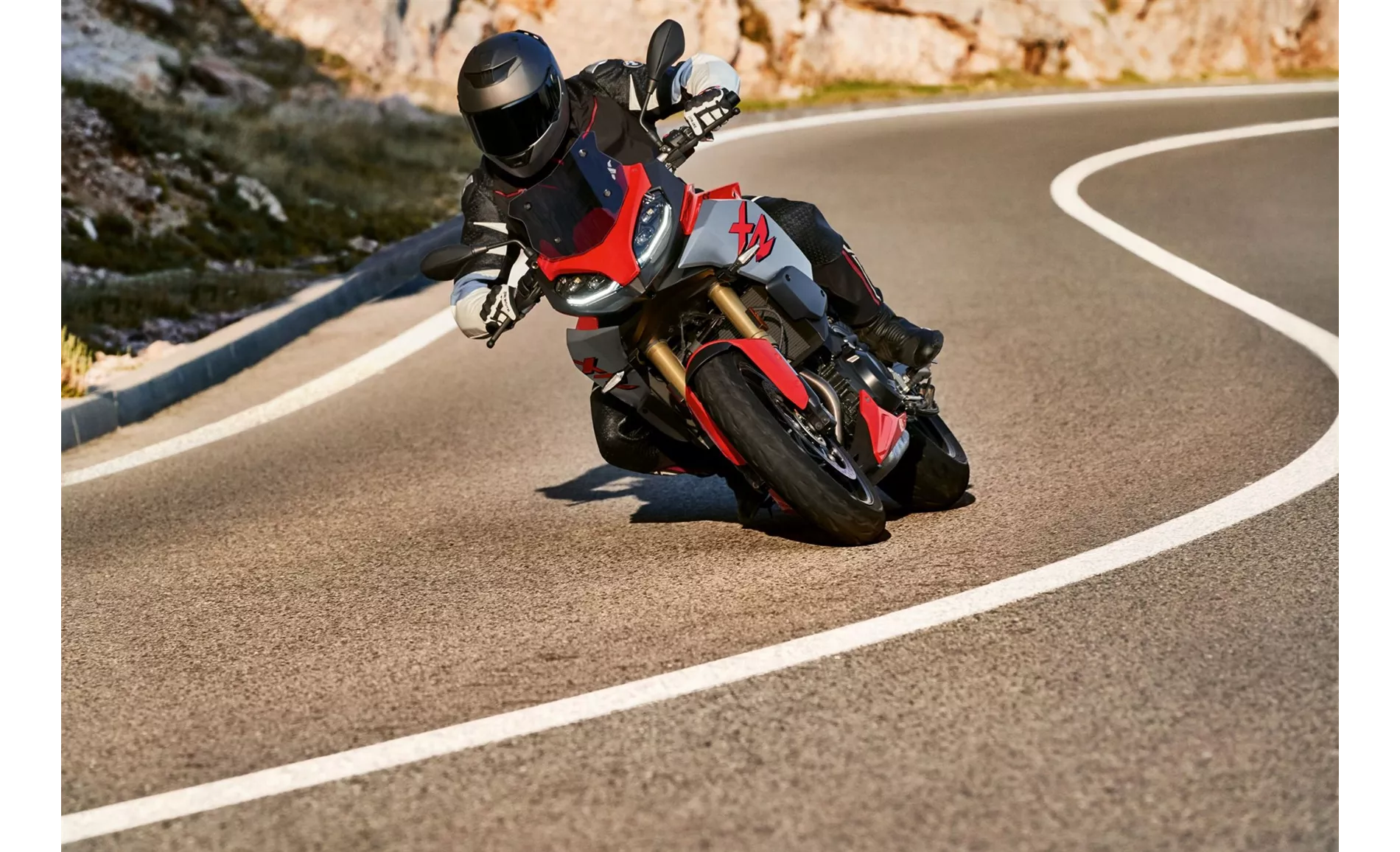
BMW F 900 XR 2020
Similarly, the BMW F 900 XR 2020 has a weakness in terms of behavioral sound. This could refer to the noise produced by the bike, which may not be to everyone's liking.
In conclusion, the BMW R 1200 GS 2015 and the BMW F 900 XR 2020 are both impressive motorcycles with their own strengths and weaknesses. The R 1200 GS offers a powerful engine and off-road capabilities, while the F 900 XR provides a thrilling riding experience and customizable ergonomics. Ultimately, the choice between the two would depend on the rider's preferences and priorities.
Caractéristiques techniques BMW R 1200 GS 2015 par rapport à BMW F 900 XR 2020
Avantages et inconvénients en comparaison
Avantages et inconvénients en comparaison
BMW R 1200 GS 2015
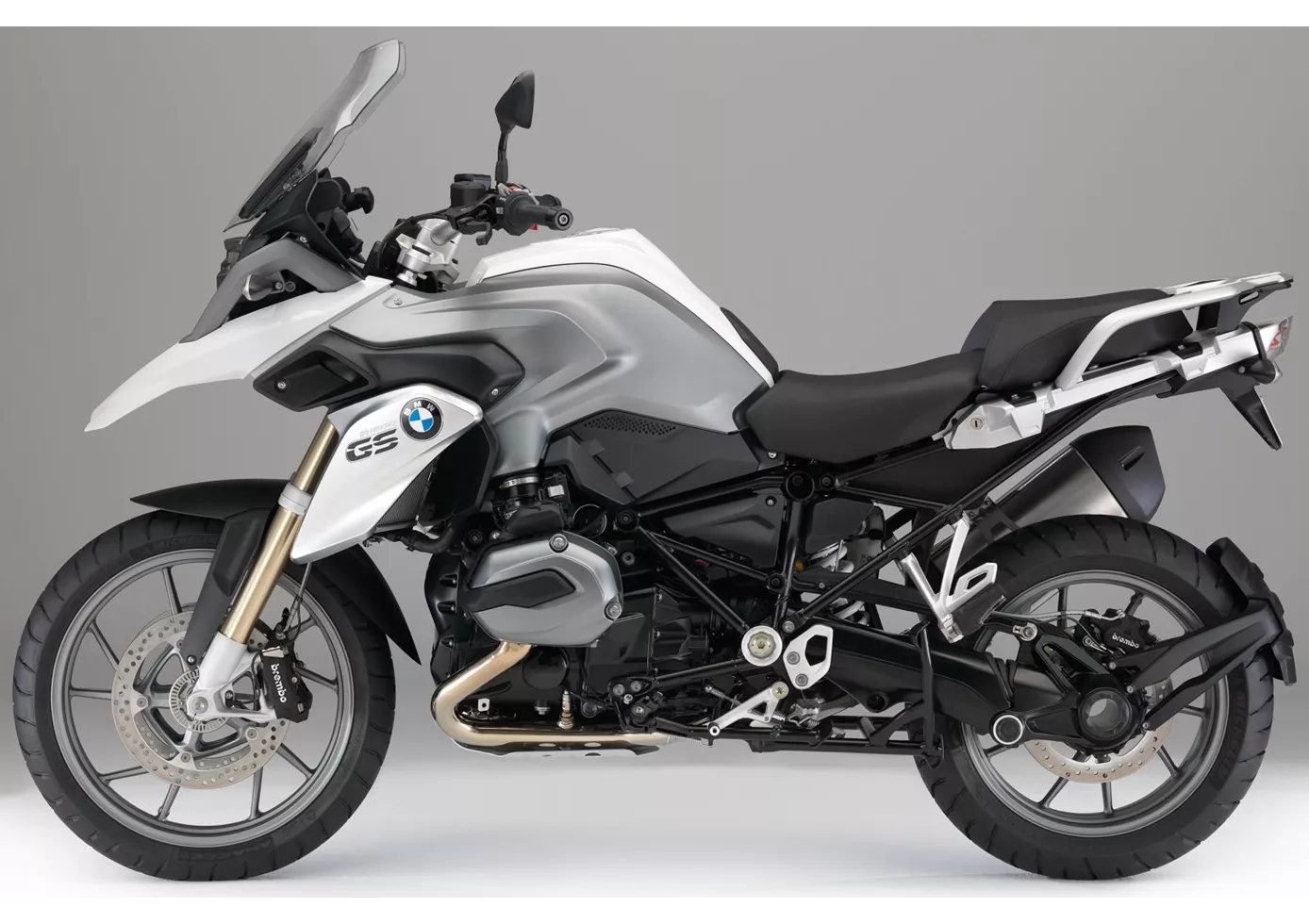
Une GS est à l'aise presque partout - mais sur la piste de course, elle ne l'est que dans une certaine mesure. C'est un plaisir de ressentir la puissance du bicylindre boxer partiellement refroidi par eau à la sortie des virages - 125 ch ne semblent que sur le papier beaucoup plus faibles que 150 ou même 160 ch chez la concurrence. Avec un couple de 125 Newton-mètres, l'attaque par le bas est de toute façon magnifique et la GS, avec ses 238 kilos prête à rouler, ne traîne pas trop de poids malgré son allure imposante. Dans les virages très serrés, le centre de gravité bas a un effet positif - la BMW R 1200 GS est très difficile à casser ! Même la suspension avant Telelever, qui supprime le tangage de la roue avant lors du freinage, s'intègre parfaitement à l'ensemble de la GS et ne peut que légèrement atténuer son caractère sportif.
BMW F 900 XR 2020
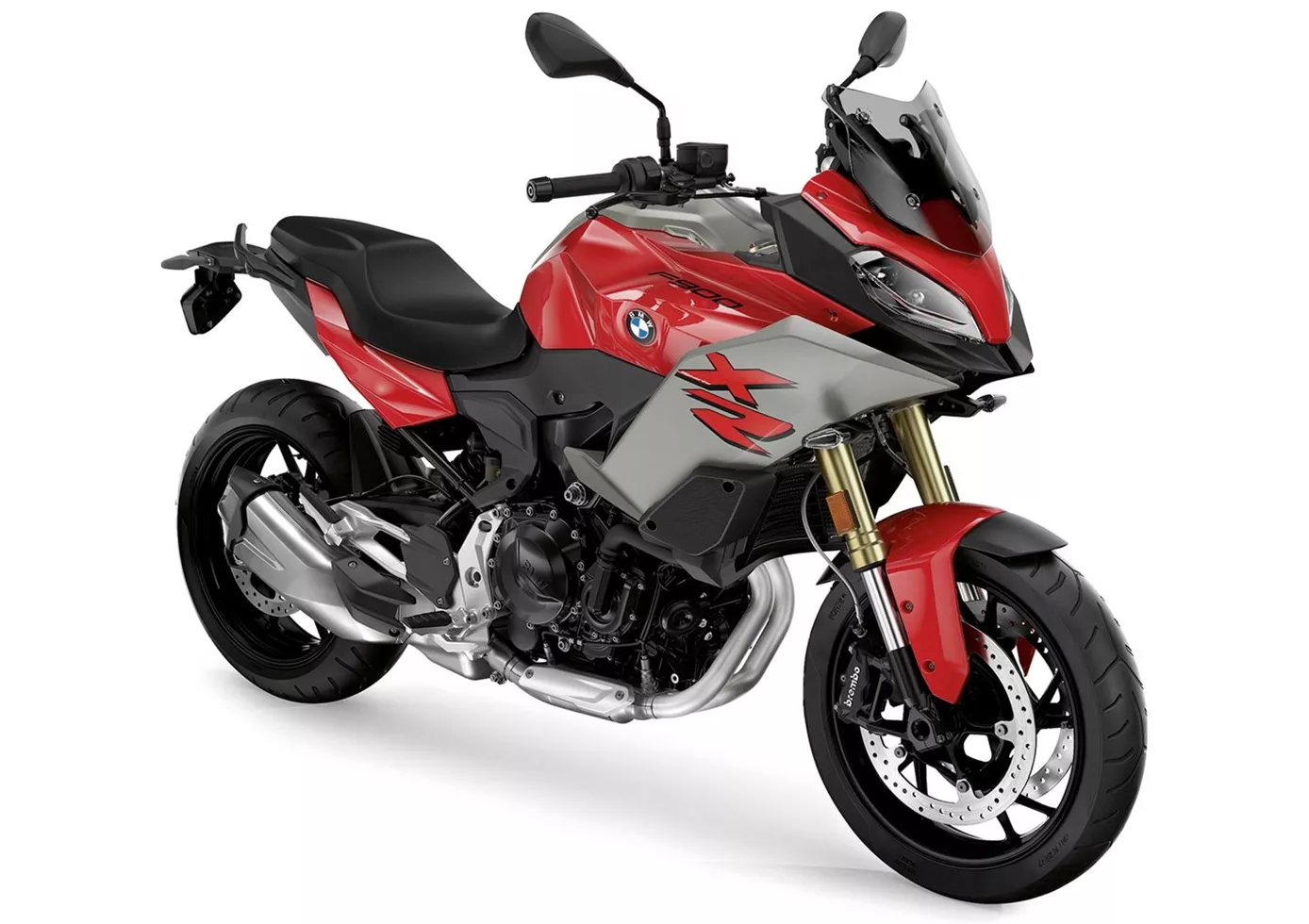
La nouvelle BMW F 900 XR prouve qu'il n'est désormais plus nécessaire d'aller au-delà de la classe moyenne. Avec 105 ch, on n'est jamais sous-motorisé et le bicylindre offre suffisamment d'élasticité pour être à la fois détendu et très sportif. Sa qualité solide et sa technique éprouvée de grande série de la série F 850 en font un compagnon parfait si l'on veut se déplacer sportivement sur la route avec un grand confort. L'équipement de base est suffisant, mais la gamme d'accessoires BMW offre suffisamment d'options pour composer la moto de ses rêves (recommandation : assistant de changement de vitesse Pro !).
Comparaison des prix Prix moyen du marché BMW R 1200 GS vs BMW F 900 XR
There are a few key differences between a BMW R 1200 GS 2015 and a BMW F 900 XR 2020. In terms of price, the actual average price of a BMW R 1200 GS 2015 is about 17% higher. A BMW R 1200 GS 2015 experiences a loss of 440 USD in one year and 1,070 USD in two years of ownership. This is offset by a loss of 740 USD and 830 USD for a BMW F 900 XR 2020. Compared to BMW F 900 XR 2020 there are more BMW R 1200 GS 2015 bikes available on the 1000PS.de Marketplace, specifically 47 compared to 13. It takes less time to sell a BMW R 1200 GS with 66 days compared to 75 days for a BMW F 900 XR. Since model year 2005 1000PS.de editors have written 98 reviews for the BMW R 1200 GS and 23 reviews for the BMW F 900 XR since model year 2020. The first review for the BMW R 1200 GS was published on 1/20/2004 and now has more than 19,100 views. This compares to more than 136,400 views for the first review on BMW F 900 XR published on 11/5/2019.



